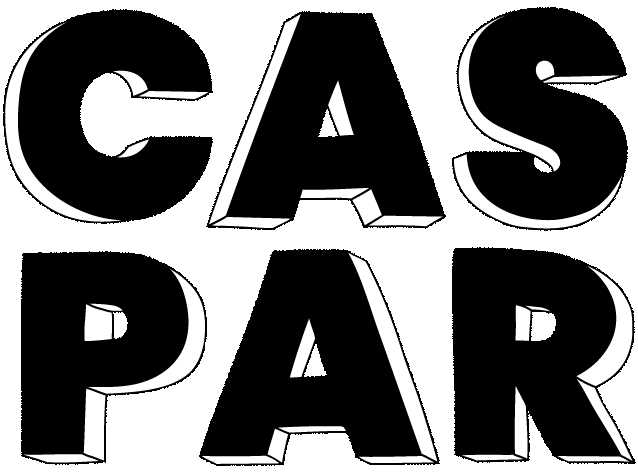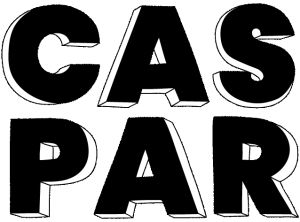This website uses cookies so that we can provide you with the best user experience possible. Cookie information is stored in your browser and performs functions such as recognising you when you return to our website and helping our team to understand which sections of the website you find most interesting and useful.
Privacy Overview
Strictly Necessary Cookies
Strictly Necessary Cookie should be enabled at all times so that we can save your preferences for cookie settings.
If you disable this cookie, we will not be able to save your preferences. This means that every time you visit this website you will need to enable or disable cookies again.
3rd Party Cookies
This website uses Facebook Pixel and Google Analytics to collect anonymous information such as the number of visitors to the site, and the most popular pages.
Keeping this cookie enabled helps us to improve our website.
Please enable Strictly Necessary Cookies first so that we can save your preferences!






Microfactory: Solution for the Future of Textile Industry
Textile industry is changing.
Decades of being based on mass production have led to textile (fashion) industry being one of the leading environmental threats. Now, it is finally heading in a new direction – sustainability.
Sameness is replaced by individualism, corporate dictation is replaced by young designers, and mass print is being dethroned by custom print (on order).
Well, let’s start at the beginning.
Let’s see how things worked until recently.
Textile industry: the old way
Up until now, the textile industry was based on a few steps. First a design was created, a product was made, and then large amounts of this product were manufactured. In the end, this resulted in large stocks of products, the ones that can fulfil retail demands.
However, this is everything but sustainable. A huge portion of these products will end up as waste when a new collection hits the shelves, and the manufacturing process is problematic in itself. Lots of waste material is being made, and the colours and fabrics used are not sustainable. Why? Because in this case, corporations need to save money on the manufacturing process (cheaper processes are not eco-friendly) to compensate for the production of these large quantities.
So round and round we go and fill the Earth with trash and pollution.
However, millennials are a new and different generation, and they have clearly declared that they want a different direction.
This new path has been supported by the arrival of digital print.
What exactly is this about?
Textile industry: new way
Individuality. Automatization. Digitalisation.
These are the guidelines that are leading the contemporary world and have found their way into the textile industry.
How does it work?
Simply put – instead of buying designs that someone else created, we come up with our own.
These designs are then digitally sent to the manufacturer (through a website or an app), and there they are printed on a product or a material. This way we don’t have large amounts of waste, and the manufacturing process is done locally, making it more sustainable.
This manufacturing process suits individual needs, young designers, influencers, craftspeople, small businesses and, most of all, nature. This process ensures a bright future of our planet and ourselves.
However, this process requires a high level of automatization and adaptability, something those classic factories cannot provide. Here is where microfactories come into the spotlight.
Microfactory
The idea of microfactories was first created in Japan in 1990.
These are the factories that are set in smaller spaces but have the ability to conduct a large number of processes – manufacturing, processing, packing and selling. How come?
Microfactories use modern technology that allows for a high level of automatization and digitalisation.
In other words, instead of needing five hours, two machines and five people to complete a process, in a microfactory it will be done in one hour, using one machine.
Well, all of this sounds great in theory, but what is it like in practice?
Let’s see how we do it at our microfactory – Caspar!
So, the entire manufacturing process is done at our microfactory.
This doesn’t just suit the individuals’ needs. It works great for business owners that are looking for partners who can fulfil the needed quota, and can also go through all the production levels.
Here we reach another important thing for our factory – dropshipping.
Dropshipping
Microfactories’ partners are often start-ups and small businesses for which it isn’t profitable to invest in all the machinery, workforce and other processes needed to start manufacturing – it is still on a scale that is too small.
They will use dropshipping – a business model in which a third party does certain processes for a company.
So, you can open an online store, but Caspar will be the one that processes, manufactures and sends the items to your buyers. That’s right – you needn’t worry about logistics, machinery, storage or other equipment. These are the advantages of microfactories!
Do you like the way we do things?
Let’s cooperate – contact us and we will be glad to help you!
Related Posts
What Makes us different? Fashion and Business Future, Caspar Style
Tailored to fit you and your ideas Sustainable and eco-friendly Fairtrade Microfactory We care about the Caspar community
Digital Print and Pigment Inks – Get to Know Caspar Manufacturing Process!
What type of print do we use? Print in the colours of sustainability Why do we do things this way?